History of Ionized Alkaline Water
A Short History of Alkaline Ionized Water
By Bob McCauley, ND
Negative ions were first studied in Russia in the 1850’s.[i] They are one of the most basic, universal building blocks of human health. Without the presence of negative ions, the body cannot survive. Biological aging is a process in which we feed the body a constant stream of positive ions that slowly erodes our health until we succumb to disease and our organs cease to function. The catch-all-phrase used to describe the quiet death of most elderly people is that they “died of old age”. What it actually means is that so many of their organs stopped functioning that it’s impossible to determine what actually killed them.
The struggle for health is the effort to get enough negative ions into the body. This is accomplished by eating raw foods and drinking Ionized Water. It is impossible for us to be truly healthy while living in a positive ion environment, both inside and outside the body. Given that, it cannot be understated that the discovery and subsequent research into negative ions is one of the great moments in the quest for human health.
The Russians did much of the preliminary research relating to the concept and development of Ionized Water starting in the early part of the 20th century. They deduced through their discovery and subsequent research of negative ions that since they were good for human health, then positive ions must be bad for human health, which they are indeed. They also postulated that if they could create negative ions in water, then theoretically it could take on certain properties that would be quite healthy. They experimented with simple electrolysis where an anode and cathode are placed into water at the same time creating positive and negative ions that cancel each other out. The challenge they faced was how to separate the ions. The first water ionizers were invented in Russia in the early 1900’s. Ionized Water is one of Russia’s greatest scientific achievements and a tremendous gift to the world for which we should all be indebted, although it has gone almost entirely unrecognized until now.
Further experiments were run on Ionized Water in Russia (then the Soviet Union) in the 1940’s. In the late 1960’s, the Chelyabinsk Project was established to determine if Ionized Water could remove radiation from the body, which it effectively does. The Chelyabinsk Project, headed by Vladimir Egov, was named after the small town in the Ural Mountains where it took place. Many people in the former Soviet Union had been exposed to radiation during nuclear research and development at the time of the Cold War. Thus there was a pressing need for methods of removing radiation from the body. However, three effective methods for radiation removal overlooked by the Russians are Chlorella Pyrenoidosa,[ii] Focoidan,[iii] and use of Far Infrared Waves (FIR).[iv] These all remove heavy metals from the body as well, which is facilitated with the consistent use of Ionized Water since hydrated tissue is more easily detoxified than dehydrated tissue.
Early water ionizers were developed in Japan during the 1950’s. Some of the first experiments were done on plants and animals during this time. The Japanese medical community quickly determined that Ionized Water was not detrimental to human health. The first residential water ionizer was developed and sold in the 1958. On January 15, 1966, the Japanese Health Ministry approved the water ionizer as a “Health Improving Medical Device.” Korea followed suit and approved the water ionizer as a medical device 10 years later.
During the 1970’s and 80’s, the research and development of Ionized Water continued in other countries, primarily Japan where the first residential water ionizer was introduced. It was the beginning of the domestication of the water ionizer. Becoming healthier would never be easier and the notion of what healthy water is would never be the same.
[i] In 1887, Swedish chemist Svante Arrhenius deduced that in dilute solutions electrolytes are completely dissociated into positive and negative ions. He applied this theory to acids and bases, arguing that acids dissociate to produce H+ ions, and bases, OH– ions. He received the 1903 Nobel Prize in Chemistry.
[ii] Chlorella is a green algae. The fiber in Chlorella is renowned for removing heavy metals and other synthetic toxins from the body. One of the absorbing substances in Chlorella fiber is sporopollenin, a naturally occurring carotene-like polymer that is extremely resistant to degradation. Chlorella’s cell wall fiber binds with toxic substances such as mercury and effectively removes them from the body through the bowels. Chlorella also readily removes lead, uranium, dioxins and cadmium from the body.
[iii] An extract of brown kelp seaweed shown to remove heavy metals. It is also a powerful immune and cardiovascular builder.
[iv] Toxins excreted due to FIR wave penetration include heavy metals, pesticides, trans fats, radiation, drugs and other petroleum-based chemicals, as well as fat itself. None of these toxic substances appear in typical sweat, only in sweat produced from a FIR sauna, in part because FIR waves penetrate 2” – 4” into the flesh to warm the body from within.
